Season 1
The CLC Super Sleuth Podcast goal is to enhance students' critical thinking, critical listening, notetaking, and research skills. While developing these skills we hope you also enjoy the podcast.
- Episode 10
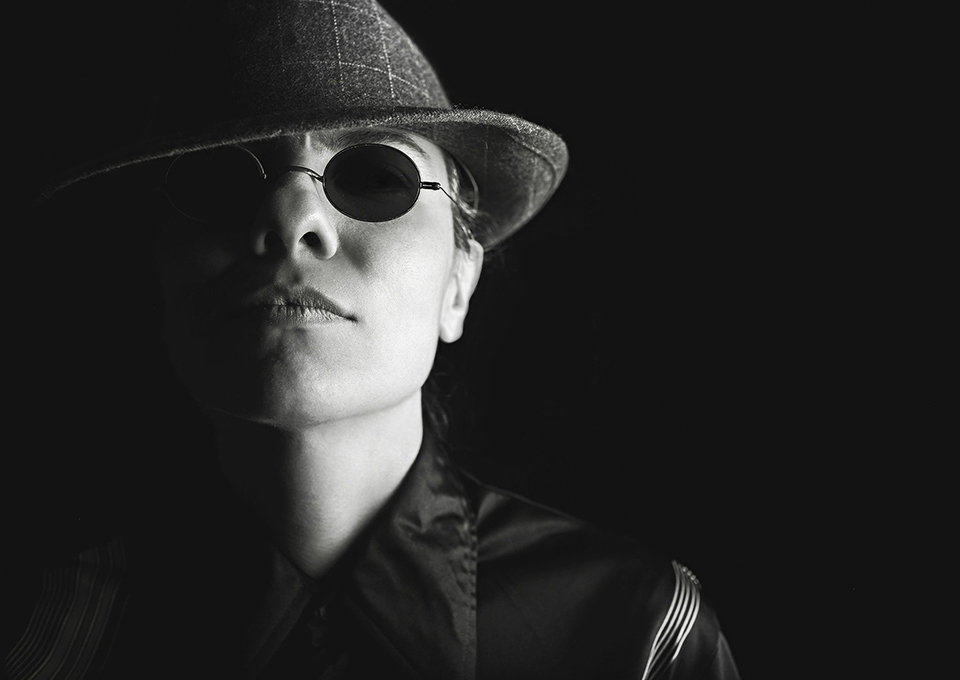
Clues For Episode 10
Vocabulary Clues For Episode 10
Note-taking SheetThe clues came from the following book:
Hedy Lamarr's Double Life Hollywood Legend and Brillant Inventor by Laurie WallmarkMore Information:
- When Hedy Lamarr movie Algiers came out in 1938 it was the social event of 1938
- “People seem to think because I have a pretty face, I’m stupid…. I have to work twice as hard as anyone else to convince people I have something resembling a brain.”
- Hedy converted her fancy parlor into an inventor’s workshop, complete with tools, a drafting table, and many well-thumbed technical books.
- At age five, Hedy took apart her music box to examine the mechanism
- Mayer thought a glamorous star needed a Hollywood name so “Hedwig Eva Maria Kiesler” became “Hedy Lamarr”
- Hedy went on to star in many well-loved films, including the biblical drama Samson and Delilah and the comedy My Favorite Spy
- Hedy sold 25 million dollars’ worth of war bonds
- Episode 9

Clues For Episode 9
Vocabulary Clues For Episode 9
Note-Taking SheetWe at the CLC Super Sleuth Podcast would like to give a shout to Mr. Harris as he created a Note Taking Sheet for his students to use as they listen to the podcast. We have uploaded the note-taking sheet with each episode
The clues came from the book titled:
You Never Heard of Casey Stengel by Jonah WinterMore Information
- Casey Stengel was left-handed
- When he got hired by the Yankees the headline read Yanks Hire Clown
- The Yankees won the World Series five times in a row when he was the manager.
- Casey won 1,149 games as the manager of the Yankees
- He managed the Yankees in 10 World Series during his time as manager
- “The secret of managing is to keep the guys who hate you away from the guys who are undecided”
- Casey managed seven future hall of fame players
- Episode 8
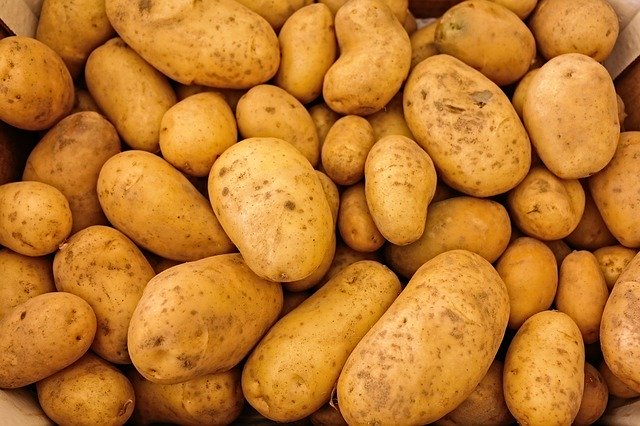
Clues for Episode 8
Vocabulary Clues For Episode 8
Note-Taking SheetThe clues for episode eight came from the following book:
No Small Potatoes Junius G. Groves and His Kingdom in Kansas by Tonya BoldenMore Information
- Junius Groves Days is established by proclamation of the city of Edwardsville, Kansas on August 8-9, 2007
- Left Kentucky on March 29, 1879 with $1.25 in his pocket
- On September 19, 1891 an item on page 2 of the Historic Times reports that Junius G. and H.P. Ewing are two of the richest black men in Kansas
- Junius G. has 400 acres in potatoes according a Kansas State Agricultural Census on March 1895. He also had 160 acres of corn, 170 acres of apple trees, and 50 acres of cherry trees
- An item on page four of the Indianapolis Recorder reports that Junius G. is believed to be the richest black man “living between the Missouri River and the Rockies.”
- Junius G. grew jobs, grew a park, a cozy community, and a church.
- Even after all the fame, farmer Junius G. kept working hard, kept loving his rich dark earth likening the furrows his plows churned up to “chocolate waves”
- Episode 7
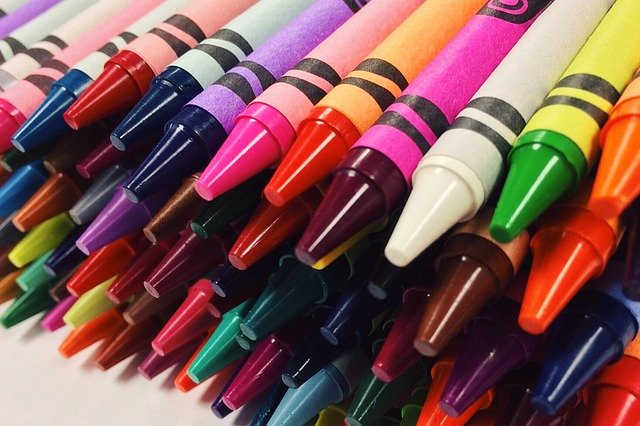
Clues for Episode 7
Vocabulary Clues For Episode 7
Note-Taking SheetThe clues for episode seven came from the following book:
The Crayon Man by Natascha BiebowMore Information
- Edwin Binney worked with his cousin C. Harold Smith.
- Paper was expensive in the 1800s, so children wrote with slate pencils or chalk on slates (small handheld blackboards)
- Edwin invented a wax crayon that could write on wood and paper packaging
- Edwin worked in a small stone mill in Pennsylvania
- The first colored crayons, invented in Europe, were made from a mixture of charcoal and oil, so they broke easily. To make stronger crayons, Edwin tried using wax instead
- Ground-up rocks and minerals made bright pigments for crayons: red iron oxide for red, yellow iron oxide for yellow, varied shades of red iron oxide for brown, carbon black for black, zinc oxide for white, and imported ultramarine made from lapis lazuli for blue
- To make orange, green, and violet, chemists blended various pigments and clays, Some minerals changed color when heated. Plus, the length of time the mixtures were left to cool created different colors too.
- Children might eat or chew the crayons and get sick, so Edwin's team experimented to find new safe, nontoxic colors and materials
- Binney and Smith shipped out the first Crayola crayon boxes: red, orange, yellow, green, blue, violet, brown, and black eight colored crayons for only a nickel
- By the 1900s, inventors had figured out how to make cheaper paper from wood pulp, so children could now draw on paper instead of just slate
- To celebrate their ninetieth anniversary, Crayola held a color-naming competition. The six-year-old winner coined "tropical rain forest". Other color names created by children included "robin's egg blue," tickle me pink," and macaroni and cheese."
- In the back of the book, there is information on how crayons are made today, a biography about Edwin Binney, and a selected bibliography that includes primary sources such as print, interviews, articles, books, websites, and videos.
- Episode 6

Clues for Episode 6
Vocabulary Clues For Episode 6
Note-Taking SheetThe clues for episode six were found from the following book:
Mary Blair's Unique Flair: The Girl Who Became One of the Disney LegendsMore Information
- Mary was born into an artistic home. Her mother sewed clothing for a living. Her father had the most beautiful handwriting.
- She loved to travel
- She painted colors you weren’t supposed to paint together. Golden yellow, ocher. Jade green and royal purple. Hot pink and red rose madder. She painted an iris sky, an emerald world, fuchsia sea, and a turquoise moon.
- Mary painted the concept art for three of Disney’s most beloved animated films Cinderella, Alice in Wonderland, and Peter Pan.
- Episode 5

Clues for Episode 5
Vocabulary Clues For Episode 5
Note-Taking SheetThe clues for episode five was were found from the following book:
A Computer Called Katherine: How Katherine Johnson Help Put America on the Moon by Suzanne SladeMore Information
- Her dream was to become a research mathematician making discoveries about the number patterns that are the foundations of our universe
- John Glenn refused to fly unless Katherine okayed the numbers
- Katherine did her calculations on mechanical tabulating machines
- Katherine developed a key backup navigation system that used stars as guideposts
- She coauthored 26 scientific papers including a groundbreaking report on the theoretical underpinnings of space flight
- In 2015 she received the Presidential Medal of Freedom
- Episode 4
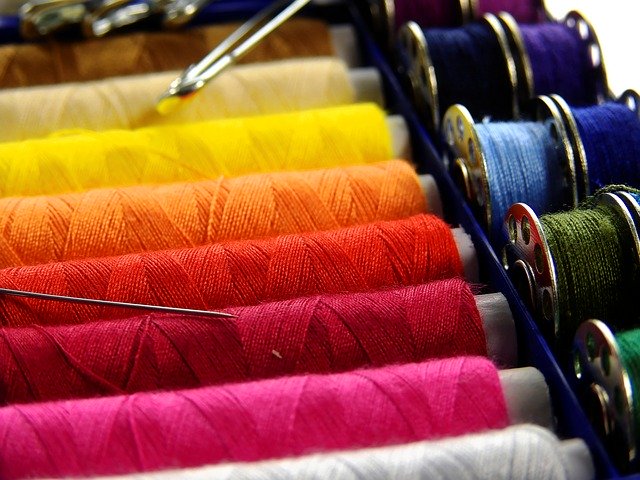
Clues for Episode 4
Vocabulary Clues For Episode 4
Note-Taking SheetThe clues for episode four came from the book titled:
Who Was Mister Rogers? by Diane BaileyMore Information
- “ I was always able to cry or laugh or say I was angry through the tips of my fingers on the piano.”
- “The best teacher in the world is somebody who loves what he or she does, and just loves it in front of you.”
- Fred got promoted to the job of floor manager. He worked on several programs, like NBC Opera Theatre, The Kate Smith Hour, The Gabby Hayes Show, and Your Hit Parade.
- Fred was color-blind he couldn't tell red from green
- Fred wrote the theme song “Won’t You Be My Neighbor”
- Fred invited astronaut Al Worden to appear on the show. Worden was crew member of Apollo 15
- Episode 3
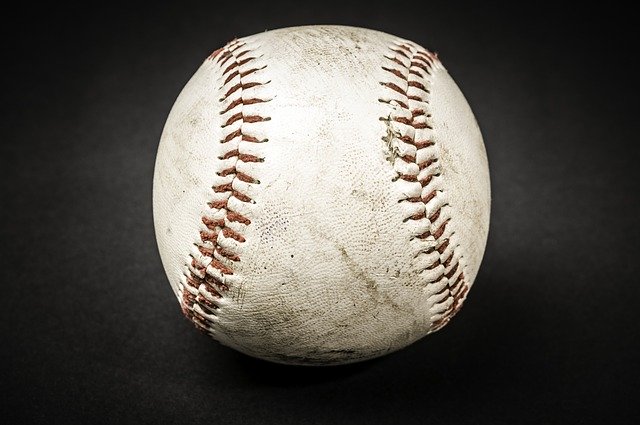
Clues for Episode 3
Vocabulary Clues For Episode 3
Note-Taking SheetThe clues for episode three came from the book titled:
Yogi: The Life, Loves, and Language of Baseball Legend Yogi Berra written by Barb RosenstockMore Information
- Yogi played for a local league team named Stags
- Yogi and his friend Joey Garagiola joined an American Legion travel team
- On September 22, 1946 Yogi played in his first major league game
- People quoted his Yogi-isms in speeches, newspapers, magazines, books, and on TV. His popular sayings were a lot like Yogi- simple, honest, funny, and wise
- Caught the only perfect game in World Series history on October 8, 1956
- Hit the first pinch-hit home run in World Series history, in 1947
- Inducted into the National Baseball Hall of Fame in 1972.
- Episode 2
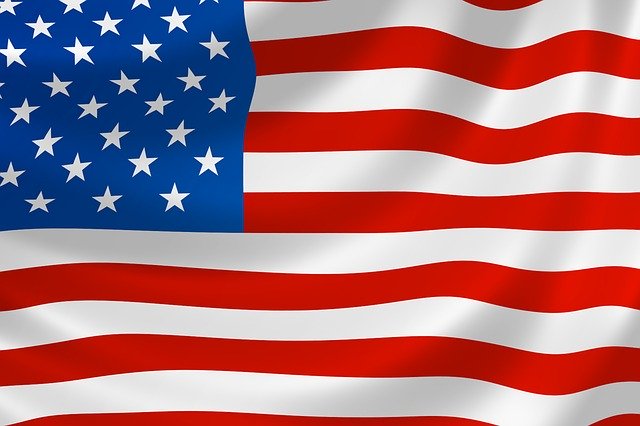
Clues for Episode 2
Vocabulary Clues For Episode 2
Note-Taking SheetThe clues for episode two came from the book titled:
Our Flag Was Still There written and illustrated by Jessie HartlandMore Information
- The half-finished flag was moved across the street to a brewery. And the flag was finished in six weeks.
- The flag became the property of George Armistead’s heirs
- The flag was crammed into a case, where it was eaten by moths
- More than fifty years later, in 1964, a new bigger museum was built with a specially designed space for the flag
- In 1996, a design team planned a new exhibit, which included a total restoration of the flag
- Conservators carefully snipped off 1.7 million tiny stitches of the old cloth backing, cleaned it with over ten thousand sponges, and carefully attached a new backing
- The flag, at that point over two hundred years old, had a new home in a display case that controlled the light, humidity, and temperature
- Episode 1
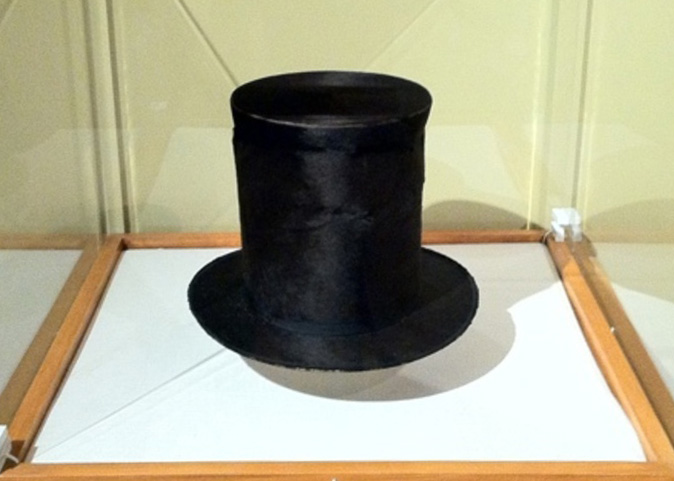
Clues for Episode 1
Vocabulary Clues For Episode 1
Note-Taking SheetThe clues were found from the following book:
Who Was Abraham Lincoln? by Janet B. PascalMore Information
- Abraham Lincoln was a lawyer
- In 1863 he signed a document that declared millions of slaves were freed. It was one of hi greatest act as president
- Abraham Kincikn was born in Kentucky. The Lincoln family lived a small log cabin
- Abe was the first president with a full beard! At six feet four inches, he was the tallest president, too
- Abe invented a device to lift riverboats over sandbanks. He's the only U.S. president so far to have a patent registered in his name
- Abe was a skilled wrestler. In 1992 he was added to the National Wrestling Hall of Fame
- Abe didn't go to college or law school, yet he became a successful lawyer. He learned about the law from reading books and working for other lawyers

